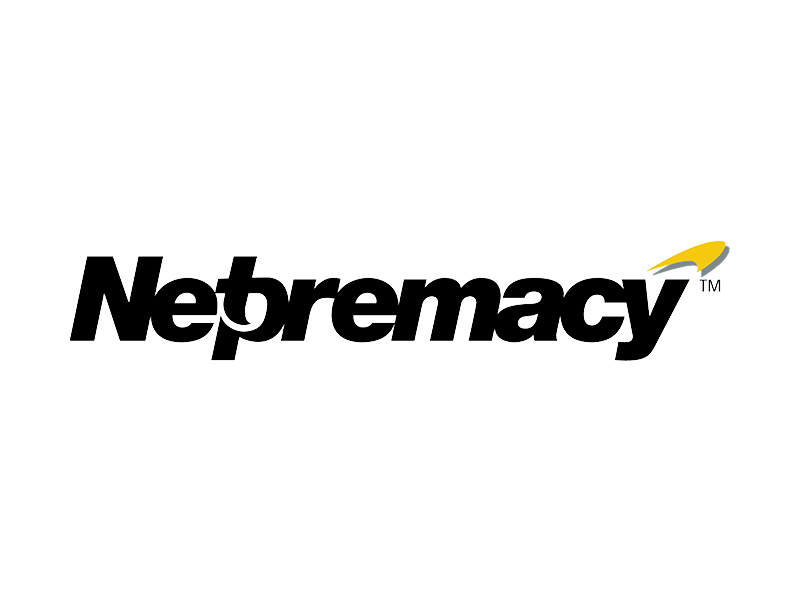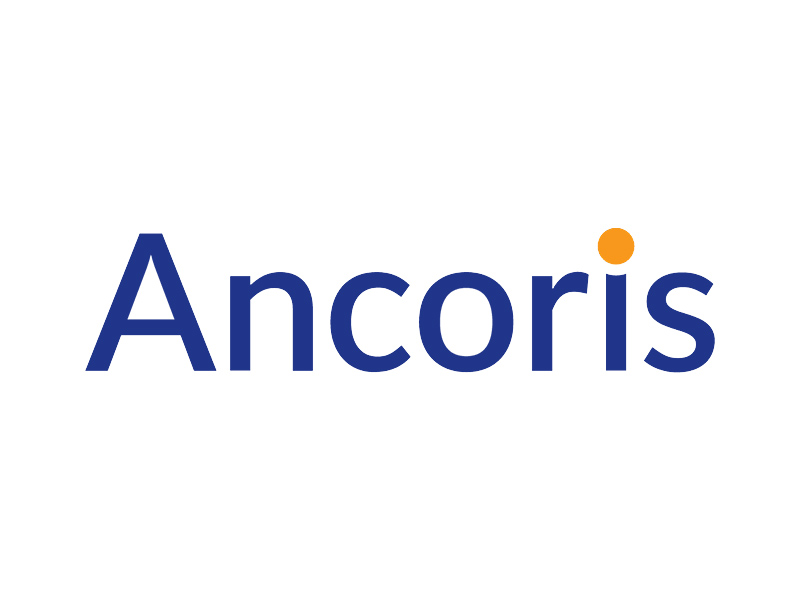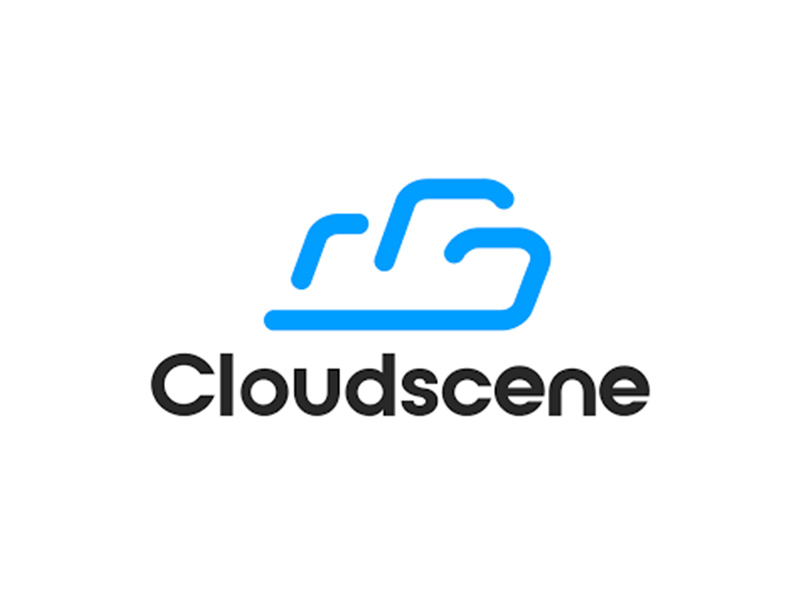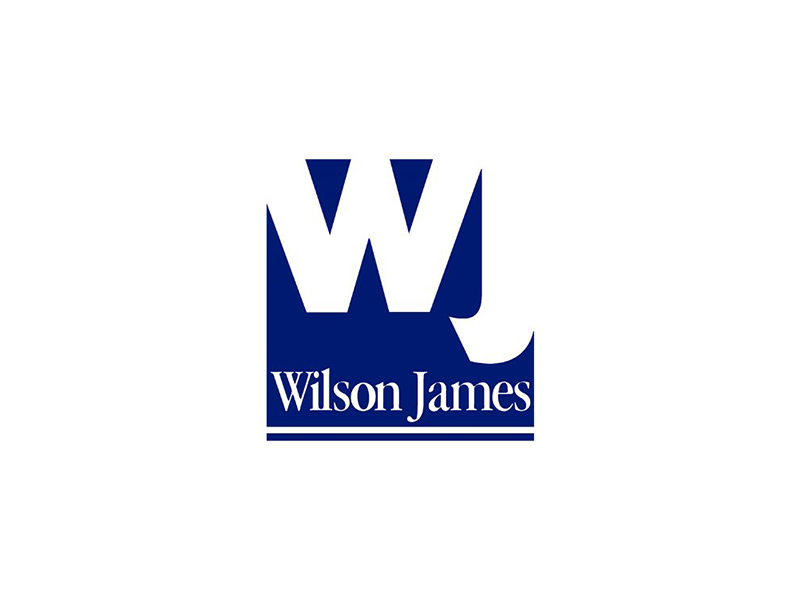Guest Blogger Simone Kurtzke: “Simone has worked in digital media and marketing since the late 1990s with specialist knowledge in higher education, learning and digital skills training. She’s a qualified digital marketing lecturer with a mission to help people make the most of technology – in business and personal life.”
Strategic workforce planning should include flexibility in the work schedule including working remotely as it is a benefit increasingly sought after by the workforce, particularly Millennials – the 2017 Deloitte Millennial Survey reported that the percentage of them with ‘flexible locations’ is 64%, and remote working is said to have many benefits such as higher productivity.
While companies including IBM and Yahoo famously reduced or stopped their remote working programs, in the tech and start-up space, a distributed workforce is increasingly common, although not many make the shift to a fully remote model.
Having worked remotely either completely or for some of the time for over 15 years, I’ve experienced the people challenges of a distributed workforce from both sides of the managerial fence. Being exposed to both bad and good practice for managing remote teams has taught me what works and what doesn’t.
Based on this experience, I want to share my top three tips to ensure that your home-based strategic workforce planning model (be it permanent or freelance) remains happy, productive and committed to your company – even if not physically present!

Tip 1: Build Relationships through Video Calls
One of the best ways for your distributed workforce to truly feel part of your team is to connect with them through video. One company I worked for held monthly webinars, often involving the CEO, to share not only important client wins and team successes but also introduce other department heads and team members. While the – often over 100 – attendees were on mute and text chat only during the webinars, the CEO and a handful of other speakers were on camera, thus bringing the team right into the remote workspace.
Video calls are also useful in managing your remote team’s performance. I like to run 1:1 meetings conducted via Google Hangouts or Skype. Seeing each other not only helps build a more personal relationship but also adds a degree of professionalism (top tip: do not wear your pyjamas when meeting your manager on a video call). The impact of this as opposed to, e.g. written feedback by email is considerable – I found that quality assurance worked better with a video chat followed by an email summary than purely email feedback. Work improved.
Tip 2: Train your Team in the Tools
There are many project management and communication tools to manage your remote team – from Basecamp to Slack, to G Suite (formerly Google Apps for Work), with fairly recent additions including Workplace by Facebook. Whichever of these tools you decide on, training your team on using them effectively is critical, especially if your workforce includes digital migrants.
There are a number of ways of doing this. You don’t have to necessarily do all the training yourself – you could curate resources for them (e.g. guides, handbooks, YouTube tutorials) or record screencast walkthroughs of the most common software tasks you need them to do.
Video is really helpful here – and there are easy and free ways to get started. Apple has their QuickTime Player allowing you to record the screen on your Mac; for everyone else, Screencast-O-Matic’s free version lets you record your screen for up to 15 minutes. A good paid tool to record screencasts (including longer ones) is Articulate’s Replay 360 which works on both PC and Mac.
Training your team in how to use the tools means they’ll do so more effectively and productively. By providing video walkthroughs, you can empower your remoters to learn at their own pace and independent of location, while saving you time.

Tip 3: Communicate, Don’t Control
Allowing your team to self-direct their work while ensuring high performance, is one of the challenges of managing remote teams. You’ll want to ensure quality and consistency, without micro-managing anyone. This is especially important in a set-up where your remoters work on big client contracts relatively autonomously.
There is little to no physical supervision of a distributed workforce, but you can use software to monitor your team to track individual activity and productivity. These ‘employee monitoring tools’ can be light touch (e.g. time and productivity tracking) all the way up to Big Brother- level surveillance of your machine (e.g. keystroke recording, screenshots, continuous video recording, detailed visibility into your apps and files, parsing email messages, chats, instant messages, including personal communication).
While monitoring tools may be beneficial for large companies, to control thousands of workers – for example, a call centre with a distributed, global workforce – they may be resented by freelancers reluctant to install software that sees (almost) anything they do on their screen.
For smaller remote teams, clear communication from trusted managers is critical. Examples include having clear guidelines on quality assurance processes and the level of performance expected. Communicating these expectations right from the start will help establish trust, and go some way to ensure that your remoters work is of high quality, while they remain independent and largely unsupervised.
Finally, quality and performance issues can be minimised by hiring the right people to begin with. If you build your remote team with intrinsically motivated self-starters who thrive on autonomy, there should be little need for formal tracking and control.
Best practice for managing remote teams means putting your people first – this shows excellent strategic workforce planning. Using technology to build relationships is key – as is supporting them to do their work effectively, through tools and clear communication. The goal is always to make everyone feel included, valued, and part of the team – to quote business guru Tom Peters, ‘The simple act of paying positive attention to people has a great deal to do with productivity’.
A people-focused strategy means your remote workforce remains productive and committed to your company – and a happy team makes for great client service!












